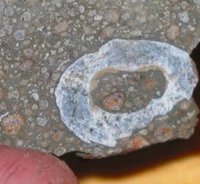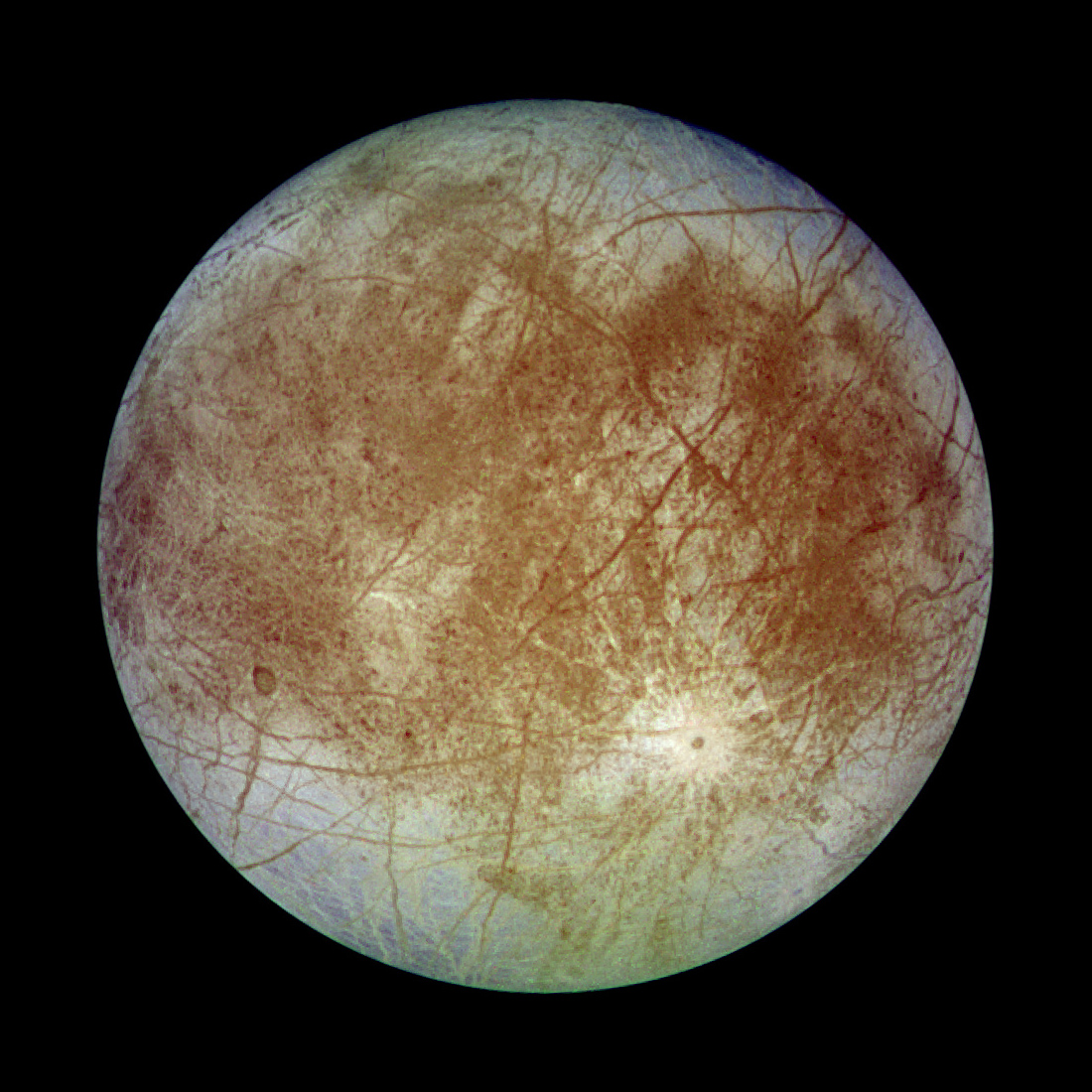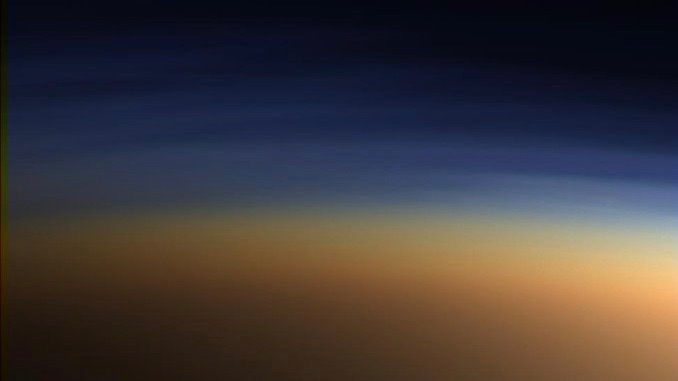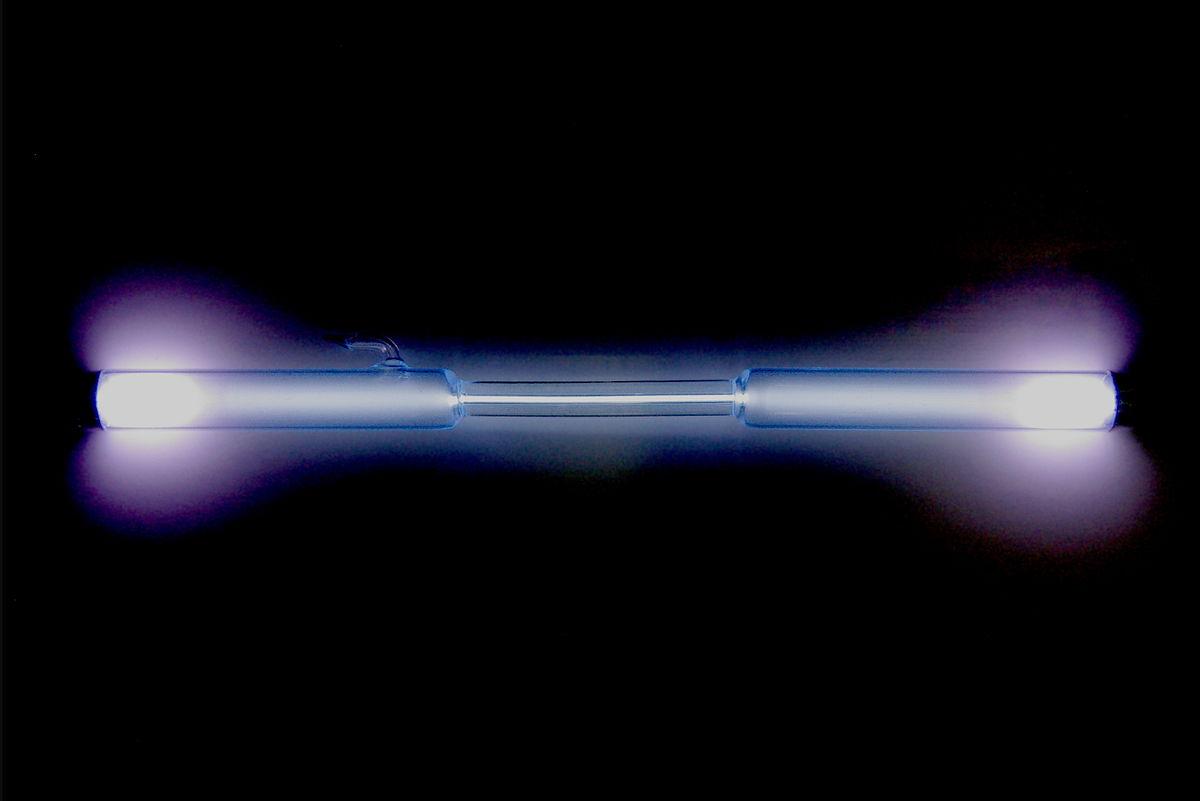
A persistent difficulty in terrestrial planet formation models is creating Mars analogs with the appropriate mass: Mars is typically an order of magnitude too large in simulations. A recent work found that a small Mars can be created if the planetesimal disk from which the planets form has an outermost edge at 1.0 AU. However, this work and no previous work, can explain such a truncation of the planetesimal disk and preserve the asteroid belt. We show that gas-driven migration of Jupiter inward to 1.5 AU, before its subsequent outward migration, can truncate the disk and repopulate the asteroid belt. This dramatic migration history of Jupiter suggests that the dynamical behavior of our giant planets was more similar to that inferred for extra-solar planets than previously thought, as both have been characterized by substantial radial migration.
 Getting Under Europa’s Skin
Getting Under Europa’s Skin Tracing Formation and Evolution of Outer Solar System Bodies Through Stable Isotopes and Noble Gas Abundances
Tracing Formation and Evolution of Outer Solar System Bodies Through Stable Isotopes and Noble Gas Abundances Photosynthesis, a Planetary Revolution
Photosynthesis, a Planetary Revolution Xenon: King of the Gases
Xenon: King of the Gases